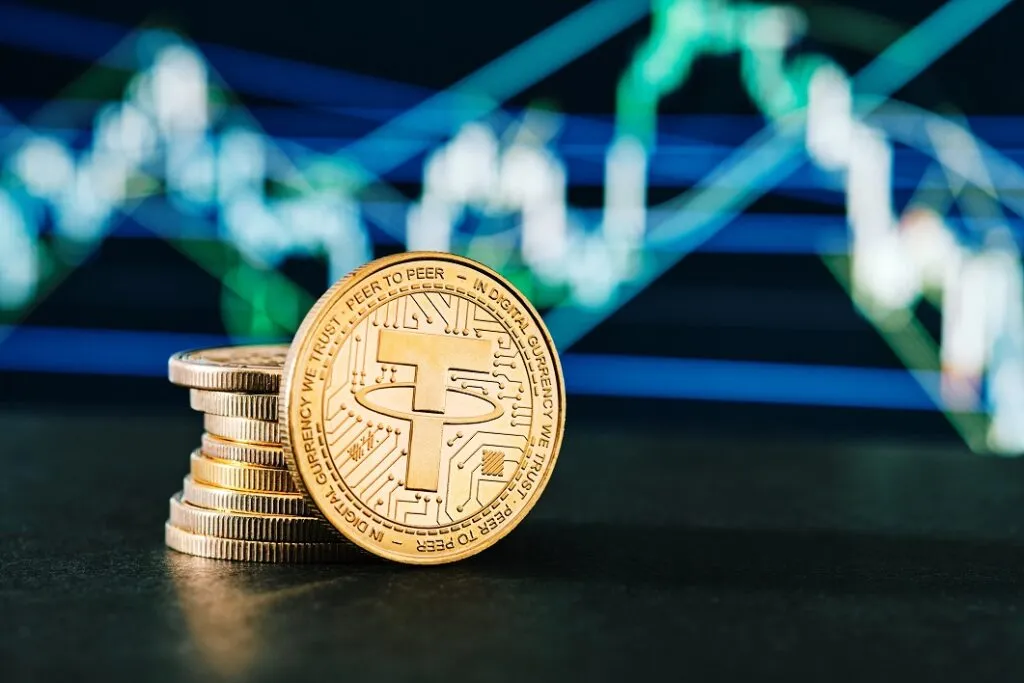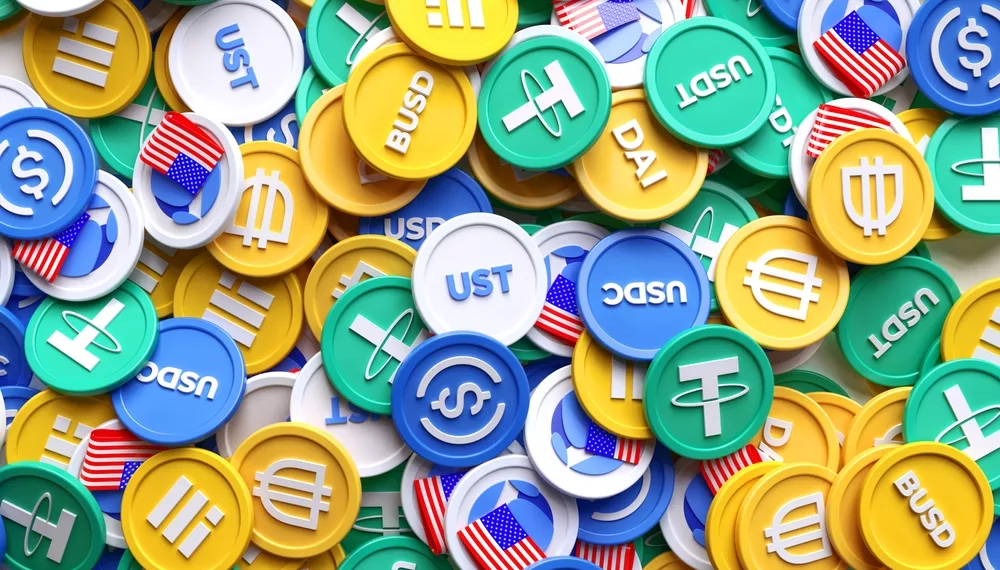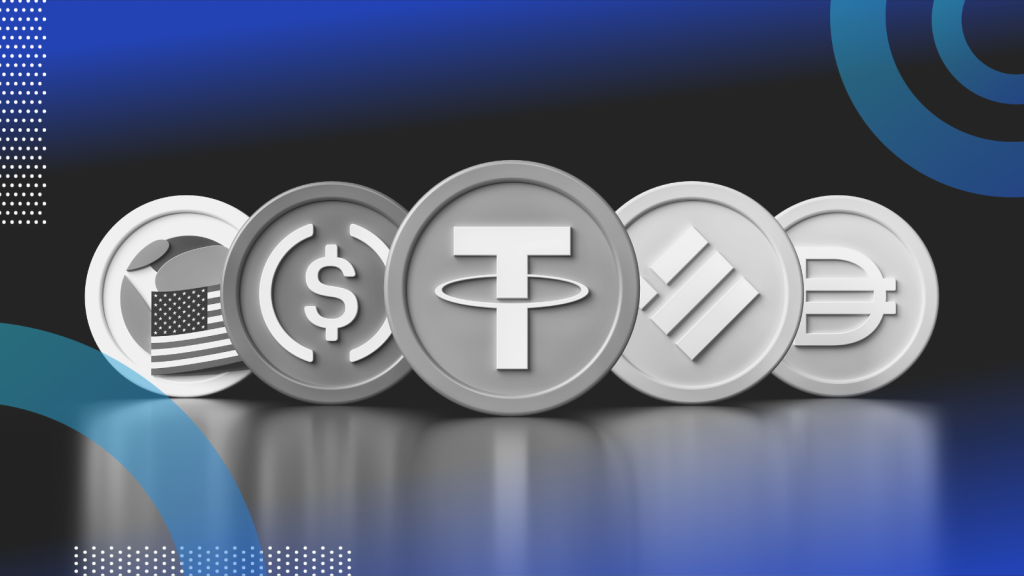
Stablecoins have become a vital part of the cryptocurrency market, offering stability in an otherwise volatile landscape. Unlike traditional cryptocurrencies such as Bitcoin and Ethereum, stablecoins are pegged to assets like the US dollar, ensuring their value remains relatively constant. These digital assets bridge the gap between conventional financial systems and blockchain technology, enabling smoother transactions and a reliable store of value.
As of March 2025, the six largest stablecoins by market capitalization are:
1. Tether (USDT)

Tether (USDT) remains the most dominant stablecoin, with a market capitalization of approximately $144.19 billion. Pegged to the US dollar, USDT is widely used across multiple blockchain networks, including Ethereum, Tron, and Solana. It serves as a medium of exchange and a trading pair for thousands of cryptocurrencies, making it a crucial component of the digital asset ecosystem.
Official source: Tether
2. USD Coin (USDC)
Issued by Circle, USD Coin (USDC) is another leading stablecoin, with a market capitalization of around $60.14 billion. Unlike USDT, USDC is known for its strong regulatory compliance and transparency, as it undergoes regular audits by independent financial firms. Backed 1:1 by US dollar reserves, it is widely integrated into decentralized finance (DeFi) applications and payment networks.
Official source: Centre Consortium
3. Ethena USDe (USDe)

A newer entrant into the stablecoin market, USDe has quickly gained traction with a market capitalization of $5.33 billion. It is designed to provide stability while integrating with various DeFi protocols. While less established than USDT and USDC, USDe is gaining adoption due to its robust framework and liquidity incentives.
Official source: CoinMarketCap
4. Dai (DAI)
Unlike most centralized stablecoins, DAI is decentralized and collateral-backed, maintaining its peg to the US dollar through over-collateralization. With a market capitalization of $5.37 billion, DAI is generated through MakerDAO’s smart contract system, which ensures its stability without direct fiat reserves. It is widely used in the DeFi sector, offering a more censorship-resistant alternative to other stablecoins.
Official source: MakerDAO
5. First Digital USD (FDUSD)
Relatively new in the stablecoin space, FDUSD has a market capitalization of $2.37 billion. Issued by First Digital Trust, FDUSD aims to provide a secure and compliant digital dollar. Although it has yet to reach the scale of USDT or USDC, it is gaining recognition among traders and institutions.
Official source: First Digital
6. PayPal USD (PYUSD)
PayPal USD (PYUSD) represents a significant push towards mainstream adoption of stablecoins. Launched by PayPal, PYUSD has a market cap of $781 million. Unlike other stablecoins, PYUSD benefits from PayPal’s vast global network, enabling direct integration into online payments and peer-to-peer transactions.
Official source: PayPal
Why Are Stablecoins Important?

Stablecoins have revolutionized the cryptocurrency market by providing:
- Liquidity: Traders use stablecoins as a hedge against volatility while trading other cryptocurrencies.
- Cross-Border Transactions: They enable fast and low-cost international payments without the need for traditional banking.
- DeFi Integration: Many DeFi platforms rely on stablecoins for lending, borrowing, and yield farming.
- Remittances: Users can send money globally with minimal fees compared to traditional banking systems.
Regulatory Landscape
Governments and financial regulators are increasingly focusing on stablecoins to ensure they comply with financial stability and anti-money laundering (AML) standards. The US Securities and Exchange Commission (SEC) and Financial Stability Oversight Council (FSOC) have both proposed new regulations to oversee stablecoin issuers. Meanwhile, the European Union’s MiCA (Markets in Crypto-Assets) framework is set to introduce strict guidelines for stablecoin operations within Europe.
For the latest stablecoin regulations:
- US Financial Crimes Enforcement Network (FinCEN): fincen.gov
- European Securities and Markets Authority (ESMA): esma.europa.eu
- UK Financial Conduct Authority (FCA): fca.org.uk
Future of Stablecoins
With increasing adoption and regulatory clarity, stablecoins are expected to play an even greater role in global finance. Companies like Visa and Mastercard are exploring ways to integrate stablecoins into their payment networks, while central banks worldwide are evaluating Central Bank Digital Currencies (CBDCs) as alternatives to privately issued stablecoins.
As more institutional investors enter the market, the demand for transparent and well-regulated stablecoins is likely to grow. Whether for trading, payments, or DeFi applications, stablecoins are set to remain an essential component of the digital economy.
Conclusion
Stablecoins have carved out a significant niche in the financial world by combining the benefits of cryptocurrencies with the stability of fiat currencies. With USDT and USDC leading the market and new players like PYUSD and FDUSD gaining traction, stablecoins are shaping the future of digital transactions.
However, as regulatory scrutiny intensifies, issuers must ensure transparency and compliance to maintain user trust. For investors and businesses, stablecoins continue to provide a crucial tool for efficient, low-cost, and borderless financial operations.
For more details, visit:
- CoinMarketCap
- US Treasury Department
- International Monetary Fund (IMF)
